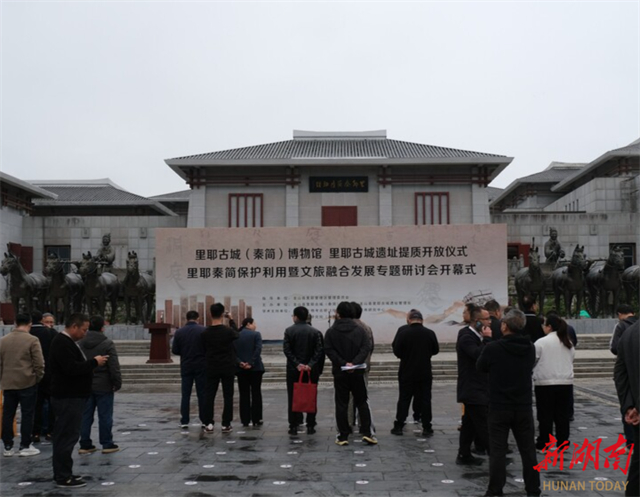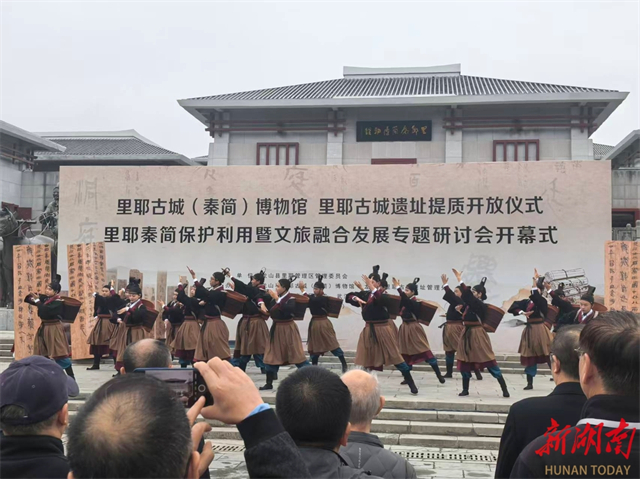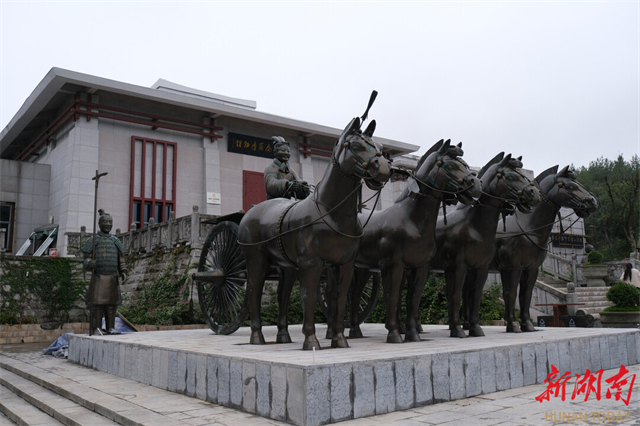The Liye Ancient Town Site and the Liye Ancient Town (Qin Slips) Museum reopened to the public after renovation and upgrading on October 28, 2025. On the same day, the Hunan Provincial Institute of Cultural Relics and Archaeology transferred over 700 Qin slips to the museum. The return of these precious slips will further enrich the museum's collection and provide more systematic primary materials for research on Qin-era politics, economy, and society.

The Liye Ancient Town Site and the Liye Ancient Town (Qin Slips) Museum are located in Longshan County, Xiangxi Tujia and Miao Autonomous Prefecture, Hunan Province. In 2002, over 38,000 slips from the Qin Dynasty were unearthed from the No. 1 well of the site, with the total word count exceeding 200,000. Considered another important finding in Qin Dynasty archaeology following the Terracotta Warriors, these slips mainly consist of government documents from the Qianling County in Dongting Prefecture, spanning from the year before the nation's unification to the year before the fall of the Qin Dynasty. The contents cover demographics, production, taxation, postal services, judiciary and medicine, among others, providing a complete picture of the governance of Qin Shi Huang, China's first emperor, and the functioning of grassroots administrative systems.

The Liye Ancient Town (Qin Slips) Museum opened in 2010, covering an area of 36,000 square meters. The museum houses over 8,000 cultural relics, with more than 600 precious artifacts such as bronze ware, pottery, and slips currently on display. Among them, the museum's bamboo slips—including the "Qianling County in Dongting Prefecture," "Nine-by-Nine Multiplication Table," and "Qianling Postal System for Dongting"—are classified as national treasures.

The renovation project, centered on establishing a national archaeological site park, has comprehensively optimized the preservation of the site itself, the museum's structural design, exhibition systems, and visitor flow. The newly-added digital interactive experience zone has integrated cutting-edge technologies such as VR, AR, and AI to create immersive viewing scenarios, bringing the Qin Dynasty civilization from two millennia ago to life.
A symposium on conservation and utilization of Liye Qin slips and culture-tourism integrated development in Longshan County was held on the same day. Cultural heritage experts from Beijing, Shanghai, and Wuhan engaged in in-depth discussions on Qin slips research, cultural relics conservation, and cultural tourism innovation.
This article is from the Hunan Provincial Government www.enghunan.gov.cn.
Translator: Yu Jiangjiang
Chinese source: Hunan Daily








